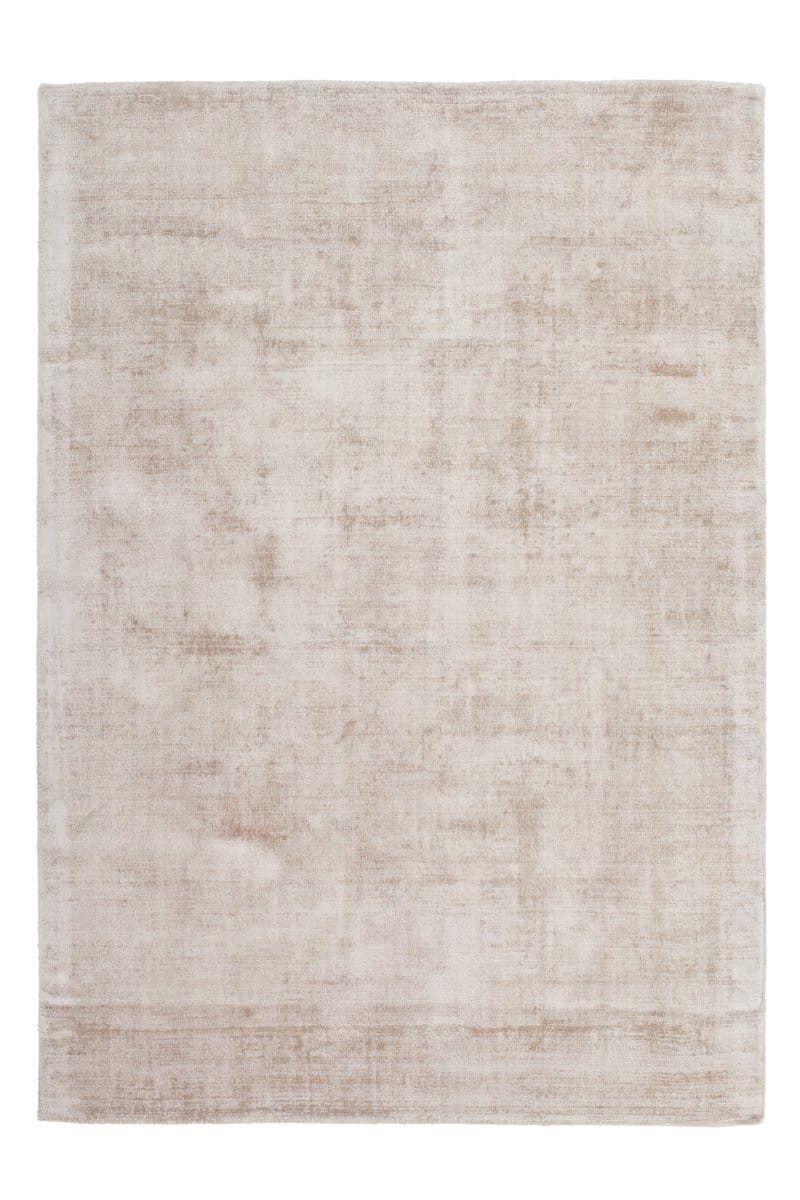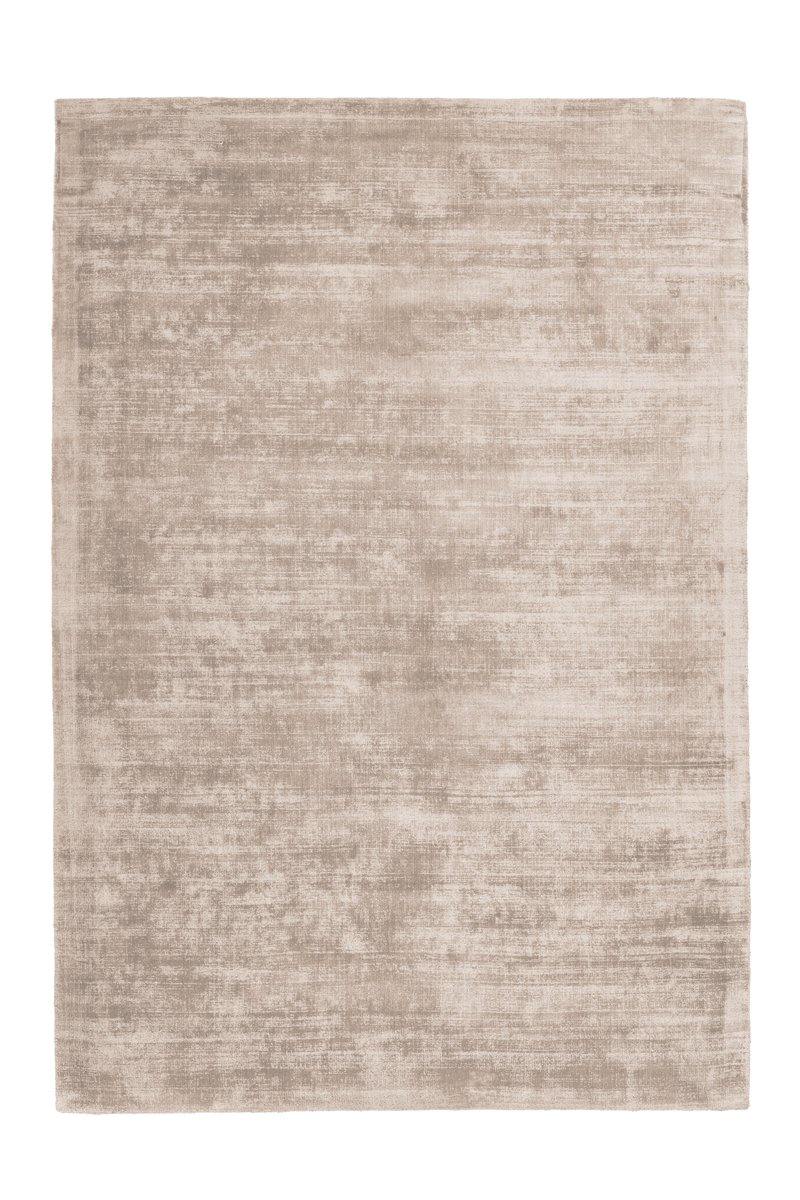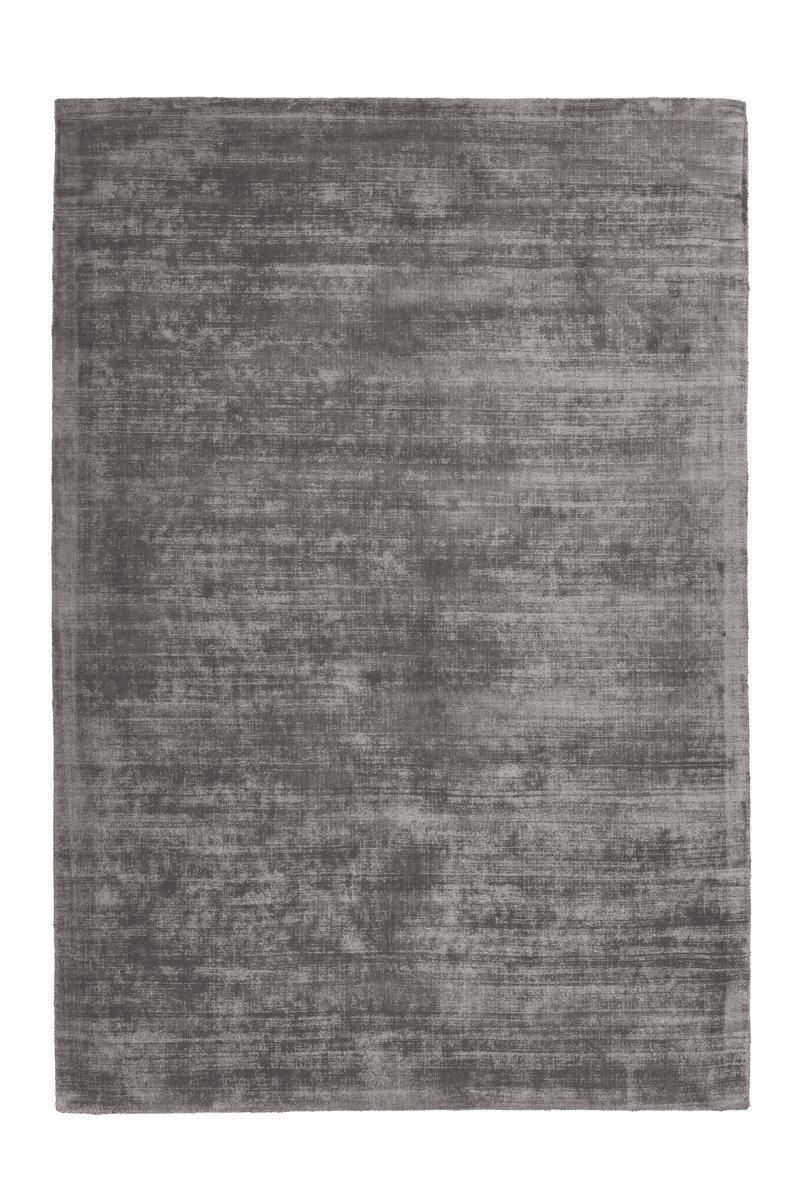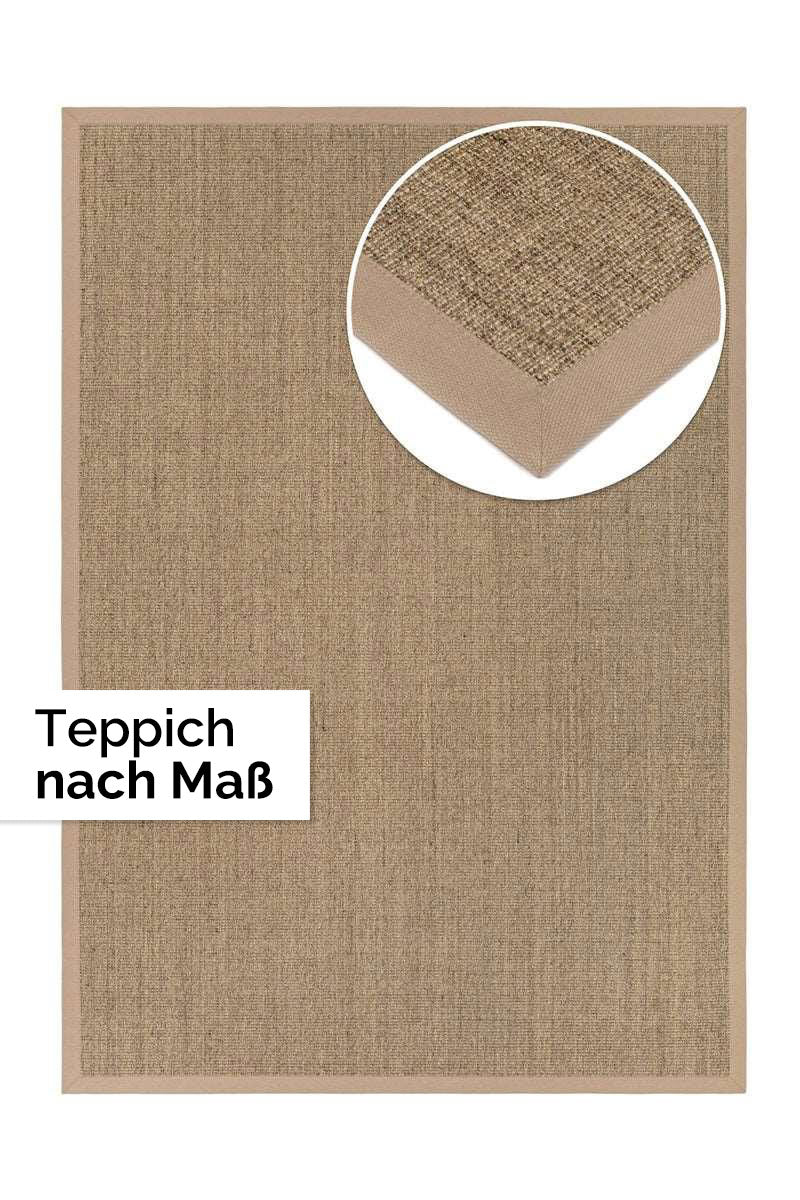Lint on carpets is a thorn in the side of many people. However, there is good news: shedding is a natural process that occurs with almost every carpet and is not a sign of poor quality. On the contrary, with high-quality carpets made of wool or viscose, a certain amount of fluff is a sign of quality.
Why does a carpet pill?
The reason for this lies in the nature of the fibers. New carpets may show fiber residue and loose fibers on the surface. These fibers are not completely removed during the production of the carpet and gradually become detached with use. This process is called fluffing. Over time, the lint will decrease as the loose fibers are removed and the fibers bind together.
Lint on wool carpets
With wool carpets, linting can be minimized with regular cleaning and care. Vacuuming the carpet and removing stains and dirt can help reduce the carpet lint. Regular brushing of the carpet can also help to untangle the fibers and prevent them from unraveling. However, it is important that only a soft brush is used to avoid damaging the material.
Lint on viscose carpets
Viscose carpets can also pill. Lint can be minimized with viscose carpets, similar to wool carpets, by vacuuming them regularly. Vacuum the carpet carefully or remove the lint with a slightly damp cloth.
Caution: In order not to damage the fibers, it is important to only vacuum the carpet in the direction the fibers are running.
Of course, there are also easy-care alternatives to wool and viscose carpets. Synthetic fiber rugs are durable and require little maintenance. They don't pill as much as natural fiber carpets, but are often less soft and have a different look.
Conclusion
Linting is a natural process in carpets and is not a sign of poor quality. Quality wool and viscose rugs can last longer and minimize shedding with regular cleaning and care. When choosing carpet material, it is important to consider individual needs.





